The Malihabad Express - Mango Run in a Renault Duster
In the concluding part of our series on the best mangoes in the country, we journey to a small town near Lucknow to partake of its delights and meet India’s mango man.
Published On Jun 28, 2019 05:42:00 PM
11,736 Views
Follow us onThe late-May Lucknow heat is hotter and drier than anything I’ve experienced in these past couple of years. We are driving past the City of Nawabs to get to Malihabad, which is about an hour away. And why are we going there, you ask? During the summer, it is the place to be if you are curious about mangoes – especially the Dussehri variety. Mangoes are to Malihabad what kababs and biryanis are to Lucknow, and the area and its neighbouring towns produce over 75 percent of the Dussehris grown in India.
According to the Mango Growers’ Association of India, the Lucknow-Malihabad belt grows over 10 lakh tonnes of Dussehri mangoes from about 250 sq km of orchards. The Dussehri is one of India’s iconic mangoes. It has thin skin, pulpy flesh and a subtle aroma, but bite into it and it releases an intense burst of sweetness. The best ones, of course, are supposed come from Malihabad. The oval-shaped fruit was awarded a Geographical Indication tag in 2010, and as residents of Malihabad will tell you, Dussehris grown elsewhere simply don’t cut it.
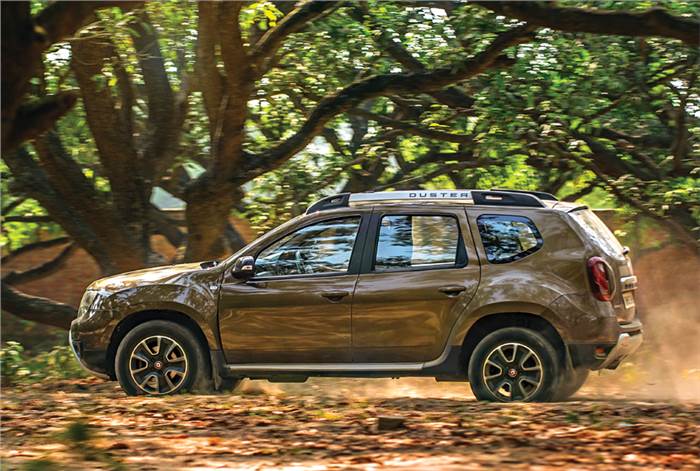
Dollops of Lucknowi tehzeeb and our Renault Duster AWD’s effective air conditioning both help us weather the dry heat, as we make our way on the National Highway 230 and later get on to the smooth two-lane state highway that has a good mix of straights and sweeping curves. The roads leading in and out of Lucknow are so good, people do some silly stuff – including coming to a complete halt in the overtaking lane without any reason whatsoever. The SH25 towards Malihabad seems as if it has been paved through mango forests, and, as the air, which resounds with the Duster's 1.5-litre diesel engine's happy boom, is redolent with the rich, sweet aroma of the fruit. My colleague and photographer Omkar Dhas wants to shoot some photos, so we get off the paved road and venture into the orchards where the surface has more than its share of undulations. Our photo shoot attracted (as photo shoots always do) a bunch of locals. The pride they had in their town manifested when they learnt that we had driven all the way from Mumbai to write about Malihabad and its mangoes. What followed was a barrage of directions, suggestions and recommendations, from the best spots for photography to where to get the best mangoes in Malihabad. They also told us a few stories as well, and one of them was about this massive Dussehri tree, which was over 300 years old and belonged the Lucknow royals.
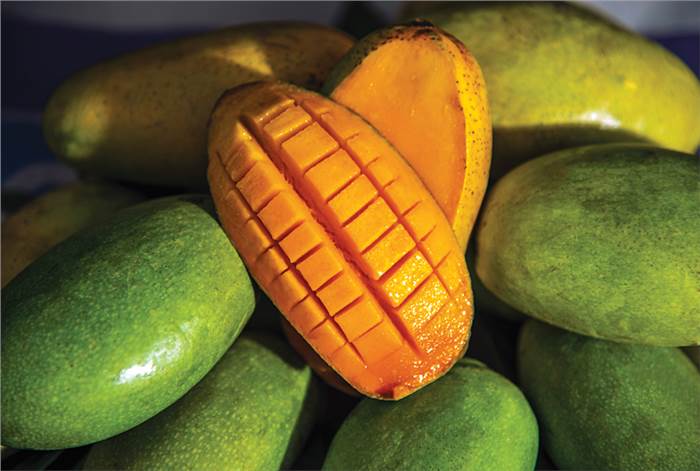
“It is said that this is the original Dussehri tree. The nawab back then was so possessive of it that while distributing its fruits, he would ensure its seeds were destroyed, so no one else could use them. However, one day the inevitable happened, and that’s how Malihabad became famous for Dussehri mangoes,” said Sajid Ali. Apparently, in the early decades of the 20th century, there were friendly mango-growing competitions among prominent families in the region. “Back then, you had over 1,300 types of mangoes here. Now there are only about 700,” said Ali. A mango retailer called I Khan, who we met along the way, filled us in on the nature of the mango business in Malihabad.
“There are three major types of mangoes found in this region – Dussehri, Chausa and Langda. The first two are among the sweetest when it comes to mango varieties. Mangoes from Malihabad are popular across the country, and some are even exported abroad. But production this year has not been good. It is nearly 30 percent less than normal, and that’s not a good sign,” he said.
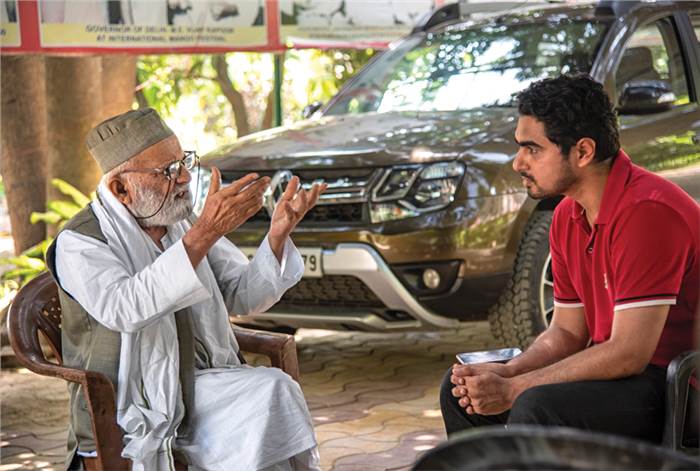
The man who knows more about mangoes than anyone else in Malihabad, or even Uttar Pradesh, is Kaleemullah Khan. Khan, a horticulturist, runs the Abdullah Nursery, and is a recipient of the Padma Shri for his contributions to the field.
One of his works is particularly interesting – it’s a tree that he has been working on since 1977, and which now bears – thanks to advanced grafting techniques used by Khan – around 300 varieties of mangoes. “I want to spread the message of unity in diversity via this tree” he says with great pride and points to the massive tree that stands tall at the centre of his four-acre farm. “Just like how these fruits are very different in taste, size, appearance, etc. and are growing on a single tree, why can’t we as human beings live in this world in peace and harmony?”
Khan says he has not studied much, but has been researching mangoes for about five decades. Besides growing all those mangoes on a single tree, Khan has created several new ones, and named them after politicians and film stars (Aishwarya, Sachin, Akhilesh, and so on). One of his multi-variety trees is even planted at the Rashtrapati Bhavan’s Mughal Gardens. These days, he is trying to find out more about sap from mango trees, and feels that it could have some medicinal value.
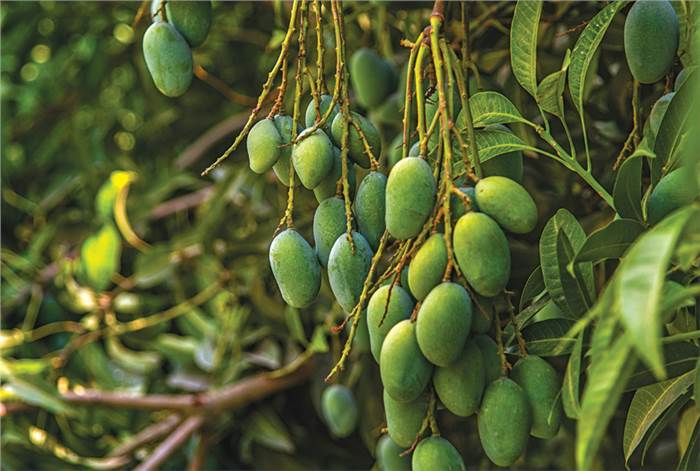
“The possibilities are endless and I want to share this formula (extraction technique) with someone that’s willing to further research it.” Throughout the year, his nursery hosts students, horticulturalists and other guests from various parts of the country as overseas, and each one is here to learn more about mangoes from him.
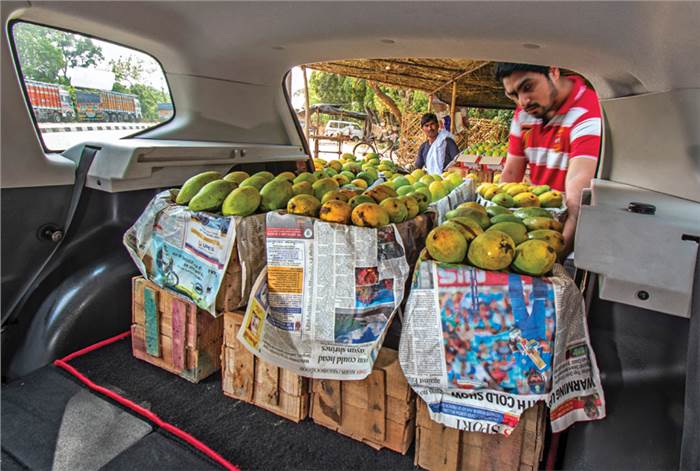
Before continuing on our journey, we stopped at a local vendor by the highway to purchase some Dussehri mangoes for friends and family. There are several varieties on sale, and prices start from Rs 70 a kilo. We load up the Duster with 12 crates, and discover to our joy that its 410-litre boot has room for more. One of the vendors wanted us to stay in the area a bit longer. He said that the magic was just beginning in Malihabad. Soon, the aroma that already pervaded the town would grow richer and all of the trees would start bearing fruit. “It will be a time of great plenty,” he said.
Driving back, I reflected on how, just about a week ago, I knew nothing about Malihabad. But this visit, which was a quest for the Dussehri, changed that. I did not only partake of some exquisite samples, but also learnt some humbling life lessons from the likes of Kaleemullah Khan.
Click here for Renault Duster prices, reviews, images, videos and more
Click here for Renault India prices, reviews, images, videos and more
Upcoming
Copyright (c) Autocar India. All rights reserved.









Comments
Member Login
Personal Details
No comments yet. Be the first to comment.